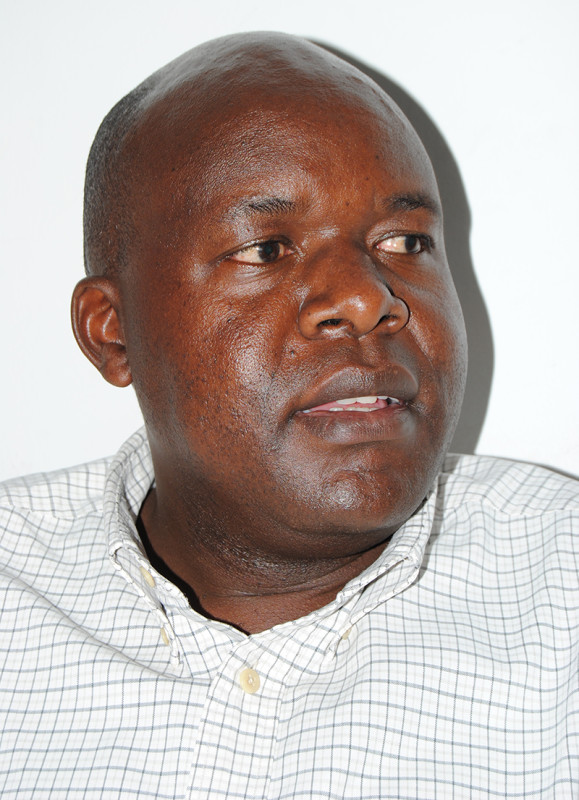Sea Harvest Group posts mixed performance in challenging first half of 2022

Cape Town, South Africa-based Sea Harvest Group posted a 29 percent increase in its overall revenue, but a drop in earnings, according to the company’s interim financial results for the six months ending 30 June, 2022.
Sea Harvest’s South African operations were challenged by a 10 percent decline in available hake volumes and significantly higher fuel prices. The company’s total revenue for the period increased to ZAR 2.7 billion (USD 160.1 million, EUR 160.7 million), up from ZAR 2.1 billion (USD 124.5 million, EUR 124.7 million) for the same period in 2021. All of the company's segments reported revenue growth, and the company's troika of recent acquistions – Mooivallei, BM Foods, and MG Kailis – also contributed to Sea Harvest's higher earnings.
However, Sea Harvest's gross profit for Q2 2022 remained flat, with the company earning ZAR 677 million (USD 40 million, EUR 40.2 million). Sea Harvest’s earnings before interest and tax (EBIT) in H1 2022, however, dropped 10 percent to ZAR 287 million (USD 16.7 million, EUR 17 million), compared to ZAR 318 million (USD 18.8 million, EUR 18.9 million) in H1 2021. The company also saw a 10 percent dip in its profit after tax, which dropped to ZAR 180 million (USD 10.6 million, EUR 10.7 million) compared to ZAR 199 million (USD 11.7 million, EUR 11.8 million) for the first six months of 2021.
The company said its Australian segment, operated through subsidiary Mareterram, delivered a 17 percent increase in revenue to ZAR 270 million (USD 15.9 million, EUR 16 million) compared to ZAR 231 million (USD 13.6 million, EUR 13.7 million) in 2021, “benefiting from good top-line growth.”
However, the company said the first six months of 2022 were challenging for its South African fishing segment due to quota losses from the country’s fishing rights allocation process (FRAP), which company called “disappointing.”
“We confronted tough macro-environmental factors driven by significant input cost pressures and supply chain disruptions,” Sea Harvest Group CEO Felix Ratheb said. “The South African fishing operation, the bedrock of the group, had to contend with a 10 percent decrease in available hake quota volumes due to losses associated with the FRAP and a reduction in the total allowed catch, compounded by significantly higher fuel prices and a stronger exchange [for the] rand, resulting in 25 percent lower operating profit for the period.”
The company’s export revenue increased 11 percent, benefitting from additional volumes allocated to exports and price increases in the company’s key markets. However, the gain was offset by a 3 percent strengthening of the rand to the euro over the six-month period, as well as cost increases.
“As a result of the challenges in the South African fishing operation, significant cost inflation across the group, a stronger rand, and acquisition-related costs, the group delivered operating profit of ZAR 277 million [USD 16.3 million, EUR 16.45 million] compared to 2021’s ZAR 323 million [USD 19.11 million, EUR 19.18 million] for the six months to 30 June, 2022, 14 percent lower than the prior period, with the operating profit margin contracting to 10 percent down from 15 percent in 2021,” Sea Harvest said.
In H1 2022, he gross profits from Sea Harvest's South Africa fishing operations were down 20 percent to ZAR 423 million (USD 25.02 million, EUR 25.12 million) compared to ZAR 529 million (USD 31.29 million, EUR 31.41 million) in 2021, also due to higher input costs. The operating profit also decreased, dropping 25 percent to ZAR 236 million (USD 13.96 million, EUR 14.01 million); down from ZAR 316 million (USD 18.69, million EUR 18.76 million) in 2021.
Meanwhile, revenue from Sea Harvest’s aquaculture segment increased 55 percent over H1 2022 to ZAR 56 million (USD 3.31 million, EUR 3.33 million), up from ZAR 36 million (USD 2.13 million, EUR 2.14 million) from H1 2021. The increase was driven by “increased abalone sales volumes, firmer pricing, and a weaker rand to the U.S. dollar," the company said.
“Although abalone demand increased, the performance of the aquaculture segment for the six months to 30 June, 2022, was tempered by available size mix, the zero-COVID policy and associated lockdowns in Hong Kong and China, along with limited flight options from South Africa,” Sea Harvest said.
The aquaculture segment’s operating losses shrunk 51 percent to ZAR 18 million (USD 1.06 million, EUR 1.07 million) down from ZAR 37 million (USD 2.18 million, EUR 2.19 million) in 2021 due to the “improved performance of the abalone division, combined with the closure of the mussel and trout divisions.”
Sea Harvest Group Board Chairman Fred Robertson said the company has “delivered a reasonable set of results given the numerous headwinds it faced that were outside of management’s control, but it has pressed forward with various transformation and strategic objectives over the past year and remains committed to driving change in South Africa.”
Photo courtesy of Sea Harvest Group






Share